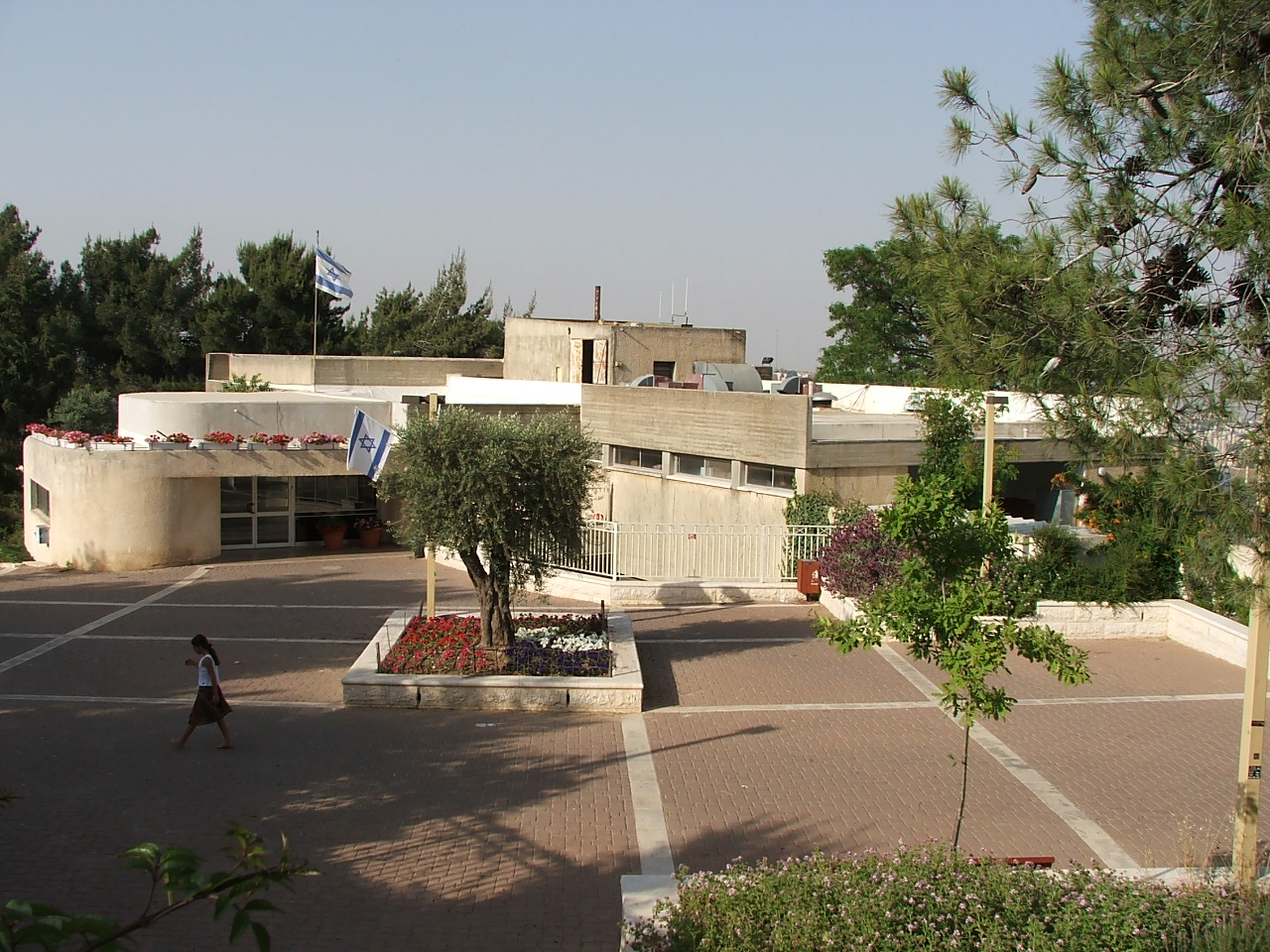 Bible and Beyond
Bible and Beyond
Site Was Home to Judean Royal Palace
Click here to view the original article.
On a glorious sunny afternoon this past November, Israeli President Moshe Katzav cut a red ribbon in front of the spacious courtyard of an ancient Judean royal palace and officially opened a long-neglected archaeological site to the public.
The ancient site, with remains spanning more than 1,000 years, is located on the grounds of Kibbutz Ramat Rachel, midway between Jerusalem and Bethlehem on the crest of a hill nearly 3,000 feet above sea level. In antiquity the site overlooked an important crossroad, with one route linking Jerusalem to the north and Bethlehem to the south, and the other connecting the coastal plain in the west to the Dead Sea and Judean Desert in the east. Ramat Rachel was extensively excavated by archaeologist Yohanan Aharoni in the 1950s and early 1960s and then again in 1984 by Gabriel Barkay. But until six years ago, the site was a confusion of archaeological ruins amid uninhibited weeds. Most Jerusalemites swimming at the popular kibbutz pool were largely unaware that just a few feet away there once stood the palace and citadel of a Judahite king.
Which king this was is disputed. Aharoni contended that it was King Jehoiachim (609–598 B.C.E.), though Barkay says that the evidence points to the earlier King Hezekiah (727–697 B.C.E.). (Barkay will lay out his arguments and evidence in a forthcoming article in BAR.) That the residence was elegant, however, cannot be disputed, judging by the presence there of 10 proto-aeolic capitals, a carved stone window balustrade, a sherd perhaps depicting a seated king, royal seal impressions and some of the finest ashlar masonry found in Israel.
Evidence from later periods includes mikvaot (ritual baths) and a columbarium (a tomb with niches in which urns were placed) from the Second Temple period (first century B.C.E.-first century C.E.), a villa and bathhouse built by the Roman Tenth Legion sometime between the third and fourth centuries C.E., a Byzantine church and monastery, and early Islamic remains.
In 1996, the Ramat Rachel archaeological project was conceived with the aim of preserving the site and presenting it to the public. The remains of the Judean palace are now the focal point of an archaeological garden designed by Jerusalem sculptor Ran Morin. Morin has added much to the site, including pedestrian paths and a sculptured observation point that spirals up to a deck overlooking a vast panorama of Jerusalem and Bethlehem. A still-to-be-completed promenade will encircle the southern slope of the hill, along ancient stone agricultural terraces, and end at the Park of Olives, where Morin’s hallmark sculpture stands—olive trees crowning three towering columns, which themselves stand upon a 20-foot-tall platform.
During his excavations, Aharoni identified what most likely are the corners of the casemate wall surrounding the Judean palace. At these corners, Morin erected sculptures (visible at left, above) rising to the probable height of the ancient wall, each made up of stones piled upon each other at seemingly improbable angles; the stones appear to be at once tumbling and withstanding the pull of gravity. In addition, Morin placed replicas of the proto-aeolic capitals found at the site on one edge of the citadel’s courtyard.
There has been no attempt to reconstruct the ancient buildings at Ramat Rachel, a good thing, perhaps, given how bad so many reconstructions are. Unfortunately, the captions and plans printed on signs at the site do little to help visitors understand what they are seeing. Once the BAR article is published, however, take it in hand and make Ramat Rachel one of your first stops in Jerusalem.